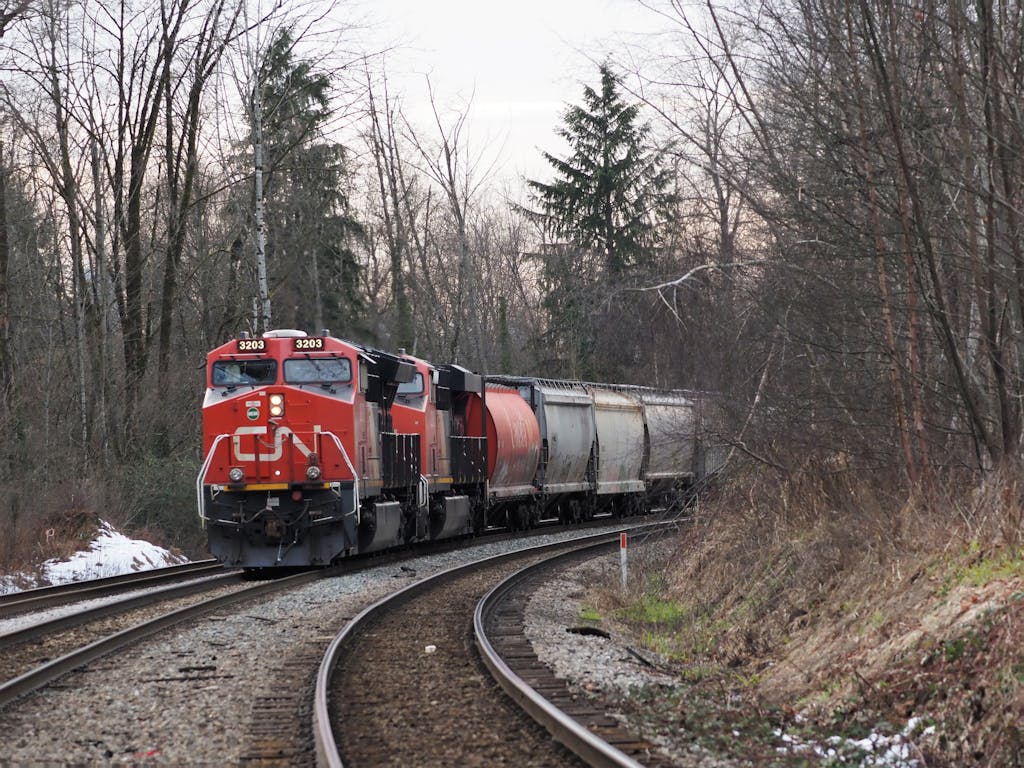I can’t keep up with all the new products being offered to farmers often from companies new to Canada. Some of the products are definitely in the miracle crop cure category and are a big waste of money. Others may have merit in certain circumstances. A few may be great innovations on the verge of a big breakthrough.
“Just try it on a few acres,” you might be told. That’s certainly better than going whole hog, even if the cost is only $5 or $10 an acre. Unfortunately, data to support product claims is often sketchy. Testimonials tend to be employed rather than trial results.
Renowned soil scientist Rigas Karamanos has a great saying when it come to unproven products and practices. It goes something like, “In God we trust. Everyone else bring replicated data.”
Some farmers obviously use products with questionable efficacy. Otherwise, the companies wouldn’t have a business and wouldn’t be employing people.
If you’re trying out something that seems too good to be true, here are some thoughts on how to do a meaningful test.
Trying something on one field and comparing it to your fields with no treatment is unlikely to tell you much. Fields normally differ in yield due to soil quality, rainfall patterns and a host of other factors.
Splitting a field in half with treatment on one side and not of the other is a little better, but again, how do you know what the crop performance would have been without the treatment?
If you want a more meaningful trail, alternate strips of treatment versus no treatment across a field. This can be easily done with the GPS guidance everyone is using. Then do accurate yield assessments with a calibrated combine monitor or weigh wagon.
While many of us, myself included, would like to do such trials, it takes a lot of time and effort. When push comes to shove in the busy seeding and spraying seasons, good intentions for on-farm trials often go by the wayside.
While alternating strips makes a much more valid on-farm comparison, consider that replicated yield results done by researchers can often be inconclusive at a particular site. Data is discarded if the coefficient of variation is too great.
Surprisingly, many producers discount some of agriculture’s most reputable trial results – the crop variety trials. This comprehensive work compares numerous varieties at various sites over a number of years with the results vigorously scrutinized.
Yield isn’t everything and the results also show traits like disease resistance, maturity and lodging. Look at the results published in your provincial seed guide. An immense amount of work went into this and yet many producers are seemingly oblivious to the information.
I’m a brown mustard grower. Dr. Bifang Cheng, the brilliant mustard breeder at Agriculture and Agri-Food Canada in Saskatoon developed the first hybrid brown mustard a few years ago. Variety trials conducted at numerous locations over many years show an average 19 per cent yield advantage over the old check variety Centennial brown.
Did the hybrid brown outperform Centennial at every location every year? No. But the average yield advantage is a whopping improvement. It would seem logical to accept the data and calculate whether it’s worth the extra cost for the hybrid seed.
You see this in other crops as well where producers cling to older varieties, when newer offerings are clearly better. These same producers might buy some unproven bio-stimulant while not investing in new seed varieties.
When a yield advantage is only a few percentage points, this may not be noticeable at the farm level. However, ten and 20 per cent yield boosts should not be ignored.
With crop varieties, you don’t have to trust in God; the replicated data is available.



